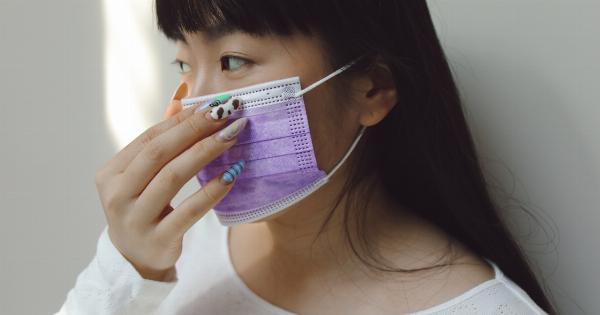Dry Eye Syndrome is a common condition that affects a significant portion of the population. It is estimated that around 95% of patients suffer from the annoyance of this condition.
Dry Eye Syndrome occurs when the eyes do not produce enough tears or when the tears evaporate too quickly.
Causes of Dry Eye Syndrome
There are several factors that can contribute to the development of Dry Eye Syndrome. One of the most common causes is age. As we get older, our tear production decreases, and the risk of developing this condition increases.
Hormonal changes, particularly in women going through menopause, can also lead to dry eyes.
Environmental factors such as dry air, wind, smoke, and dust can also irritate the eyes and contribute to Dry Eye Syndrome.
Certain medications like antihistamines, decongestants, and antidepressants can reduce tear production, making the eyes more prone to dryness. Medical conditions such as diabetes, arthritis, and thyroid disorders have also been linked to this condition.
Symptoms of Dry Eye Syndrome
The symptoms of Dry Eye Syndrome can vary from person to person but often include:.
- Itchy and irritated eyes
- Burning or stinging sensation in the eyes
- Redness and inflammation
- Blurry vision
- Sensitivity to light
- Feeling like there is something in the eye
- Watery eyes (as a result of the dryness)
Diagnosis and Treatment
If you are experiencing any of the symptoms associated with Dry Eye Syndrome, it is important to seek medical attention. An eye doctor can conduct a thorough examination, which may include:.
- Evaluating your medical history and current symptoms
- Performing a comprehensive eye examination
- Measuring the quantity and quality of your tears
Based on the diagnosis, your eye doctor may recommend various treatment options to alleviate your symptoms and improve the overall health of your eyes. Some common treatments include:.
- Artificial tears: These lubricating eye drops can provide temporary relief from dryness and irritation.
- Punctal plugs: These tiny silicone or acrylic plugs are inserted into the tear ducts to block the drainage of tears, helping to keep the eyes moist.
- Medications: In some cases, your doctor may prescribe anti-inflammatory medications or eye drops that help to increase tear production.
- Lifestyle changes: Simple adjustments like using a humidifier, avoiding smoke and dry environments, and taking regular breaks from digital screens can also make a significant difference.
Prevention Tips
While Dry Eye Syndrome may not always be preventable, there are certain steps you can take to reduce your risk or minimize the symptoms:.
- Use a humidifier: Adding moisture to the air can help prevent dryness, especially during the winter months when indoor heating can be particularly drying.
- Avoid smoke and other irritants: Smoke, dust, and other irritants can exacerbate dry eye symptoms. Take necessary precautions to reduce your exposure to these irritants.
- Blink regularly: When focusing on digital screens or performing other visually demanding tasks, we tend to blink less frequently. Make a conscious effort to blink regularly to keep the eyes lubricated.
- Take breaks: If your work involves staring at a screen for long periods, take frequent breaks to rest your eyes and reduce strain.
- Stay hydrated: Drinking plenty of water contributes to overall eye health and helps maintain proper tear production.
Dry Eye Syndrome and Contact Lens Wear
Individuals who wear contact lenses may be more susceptible to Dry Eye Syndrome. Contact lenses can reduce the amount of oxygen that reaches the eyes, increasing the risk of dryness and irritation.
It is important for contact lens wearers to follow proper hygiene practices, remove lenses as recommended, and use lubricating drops as needed to minimize the discomfort caused by dry eyes.
Conclusion
Dry Eye Syndrome is a common condition that affects a large number of individuals. It can cause discomfort, irritation, and impact the overall quality of life.
However, with proper diagnosis, treatment, and lifestyle modifications, the symptoms of Dry Eye Syndrome can be effectively managed. If you experience any symptoms of dry eyes, it is important to consult with an eye care professional to determine the most suitable treatment plan.


























